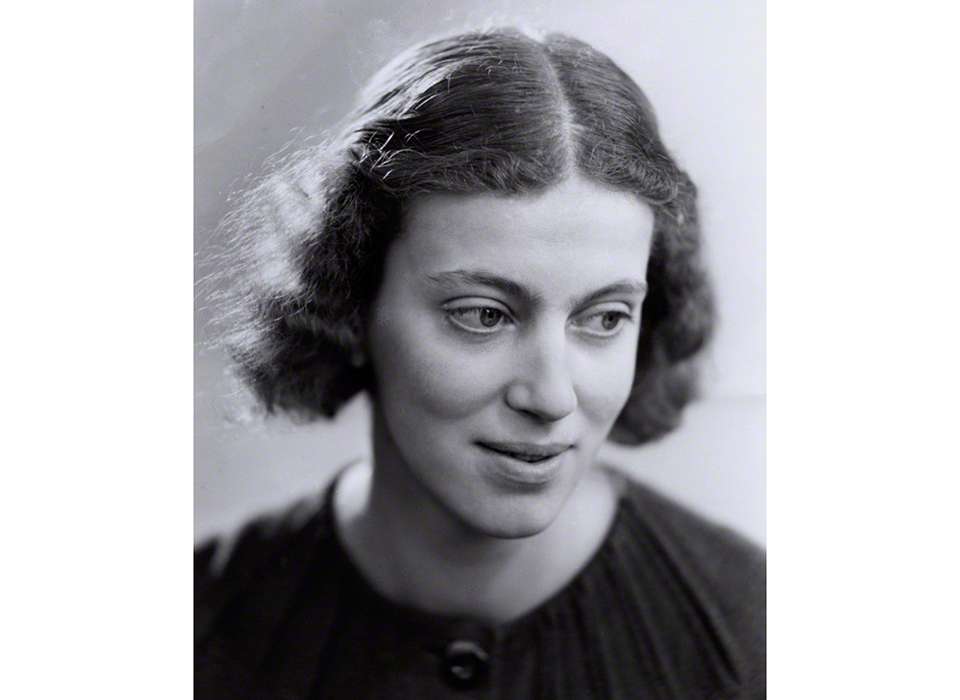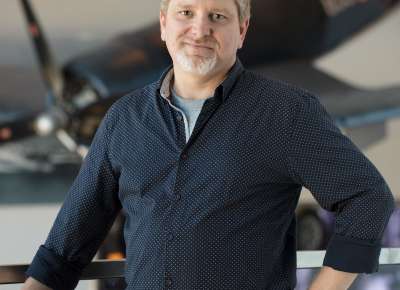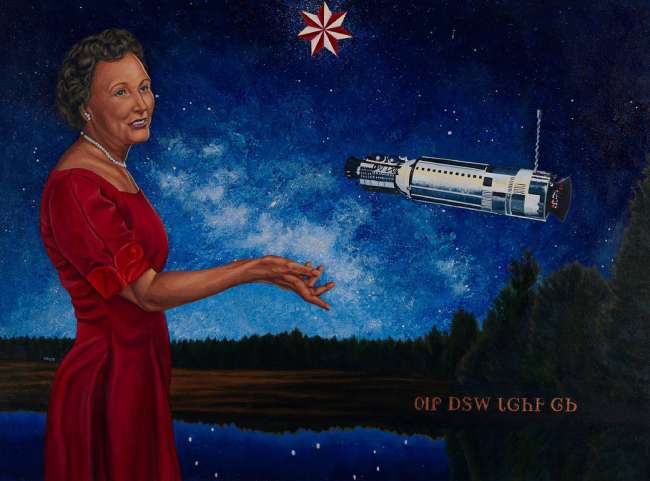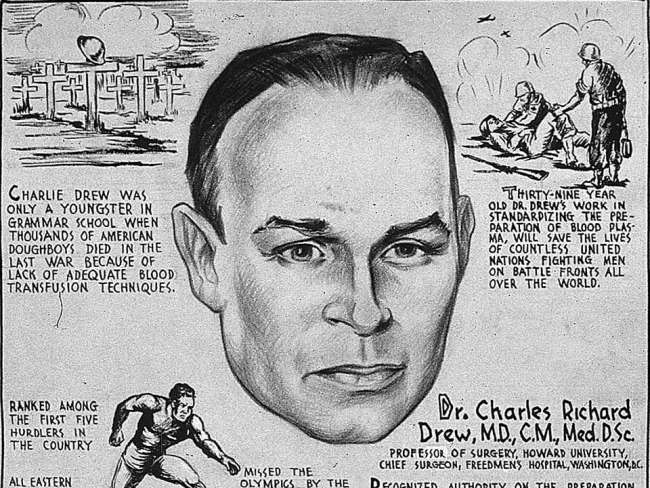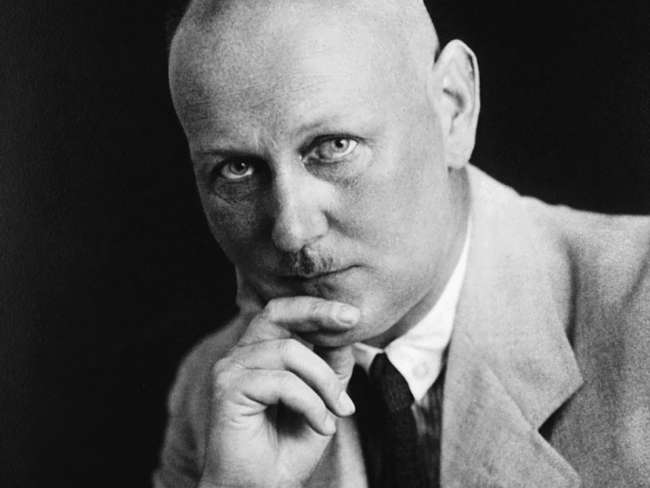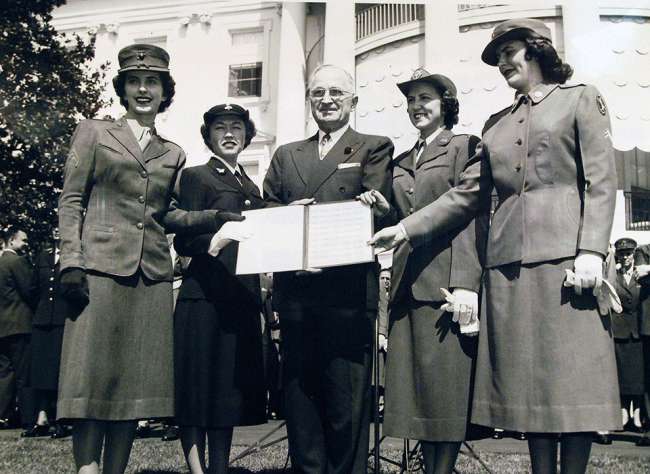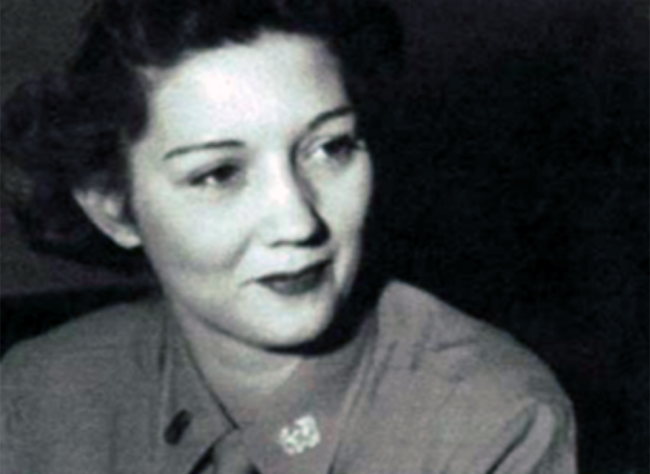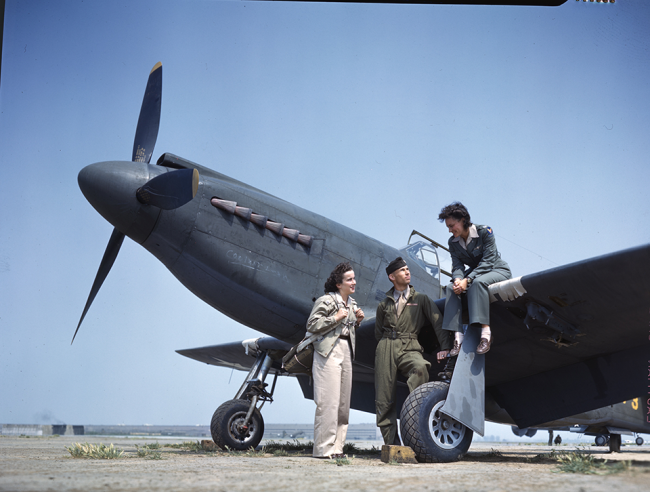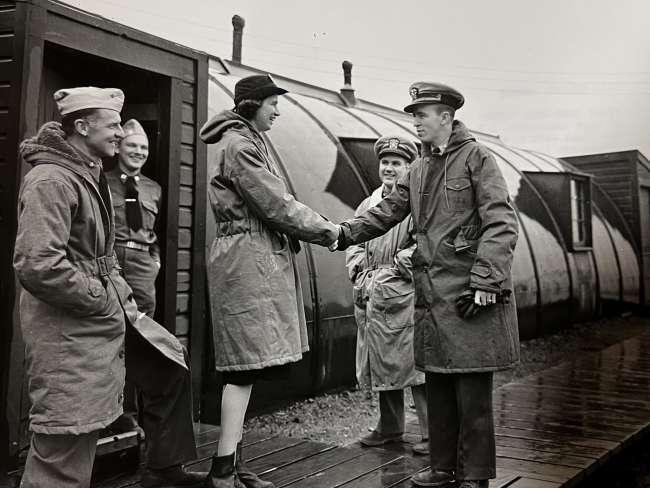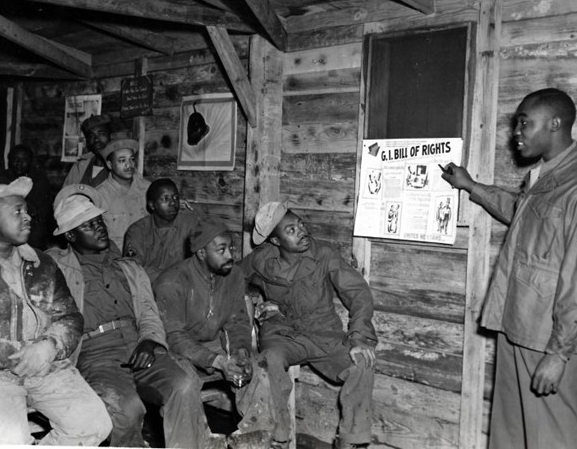In 1942, a scientist in Oxford received a challenge from a colleague—to identify the chemical and physical structure of penicillin, the antibiotic being developed by American and British scientists in secret as a means to support the war effort.
The challenge was unusual in that it was a great declaration of respect from one scientist to another, between a German Jewish refugee and a female scientist at Oxford University. The challenge was issued by Ernst Chain (Nobel in Physiology or Medicine, 1945) to Dorothy Crowfoot. Crowfoot had received her undergraduate degree in chemistry in 1928, and her doctoral degree from research conducted at Oxford and Cambridge Universities.
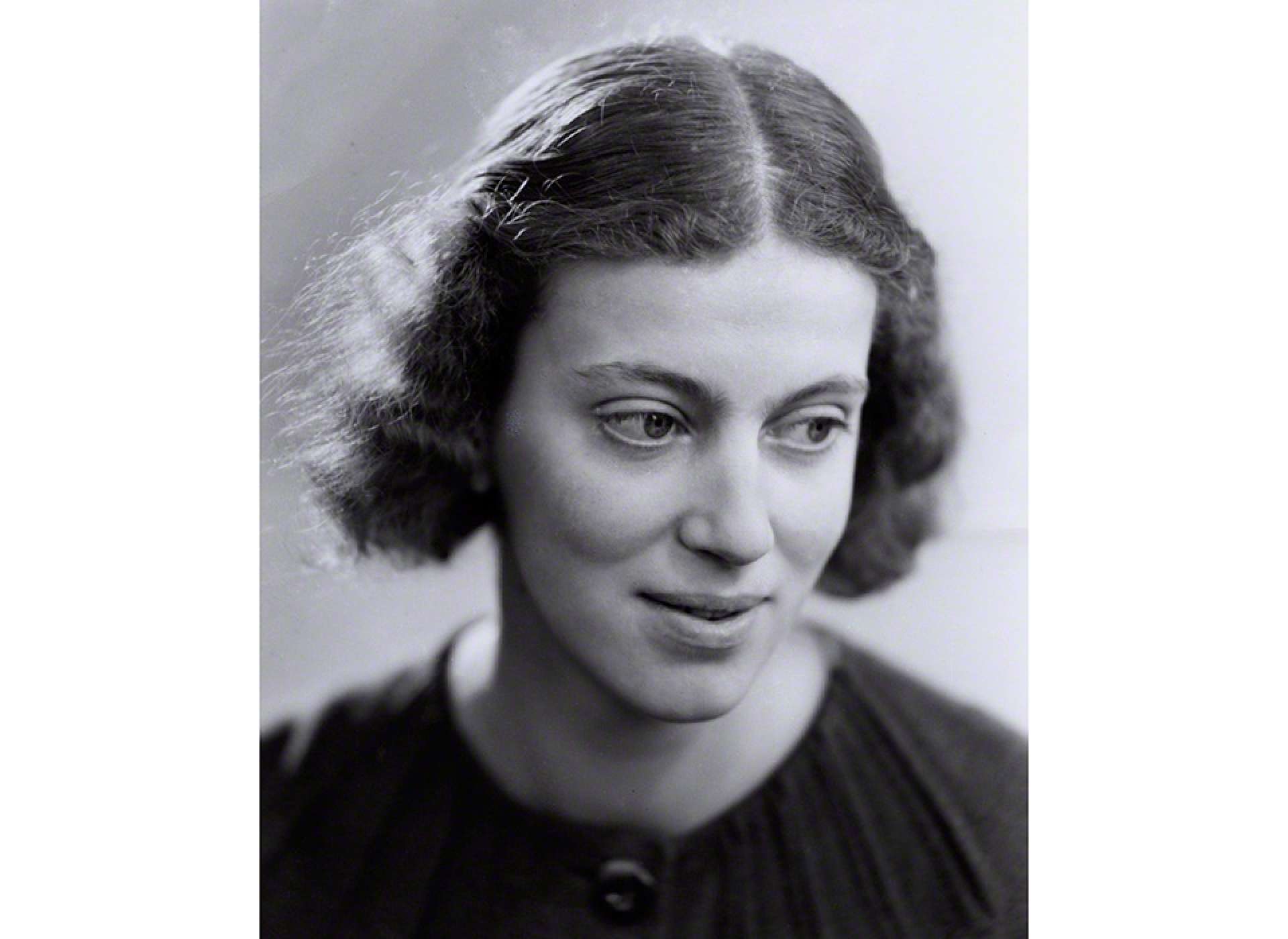
A photograph of Dorothy Crowfoot at age 27, at the time of her marriage. © Peter Lofts Photography / National Portrait Gallery, London, P363(13)
Chain was supervising a team headed by Edward Florey, with the goal of turning penicillin, a chemical found by Alexander Fleming to inhibit bacterial growth, into a viable drug. Beginning in 1940, their research showed the antibiotic would work, and the challenge was isolating and purifying enough of the chemical on an industrial scale. Chain knew that identification of the chemical and physical structure of the molecule would assist in this process, and hopefully suggest related chemicals that could be used as antibiotics.
Part of this research team would eventually relocate to the United States in 1942, and finish the task there with the help of American scientists and pharmaceutical companies.
In the 1940s, biochemistry was a very young field, and while the chemical components of smaller molecules like proteins and carbohydrates were known, their three-dimensional physical structure was a mystery.
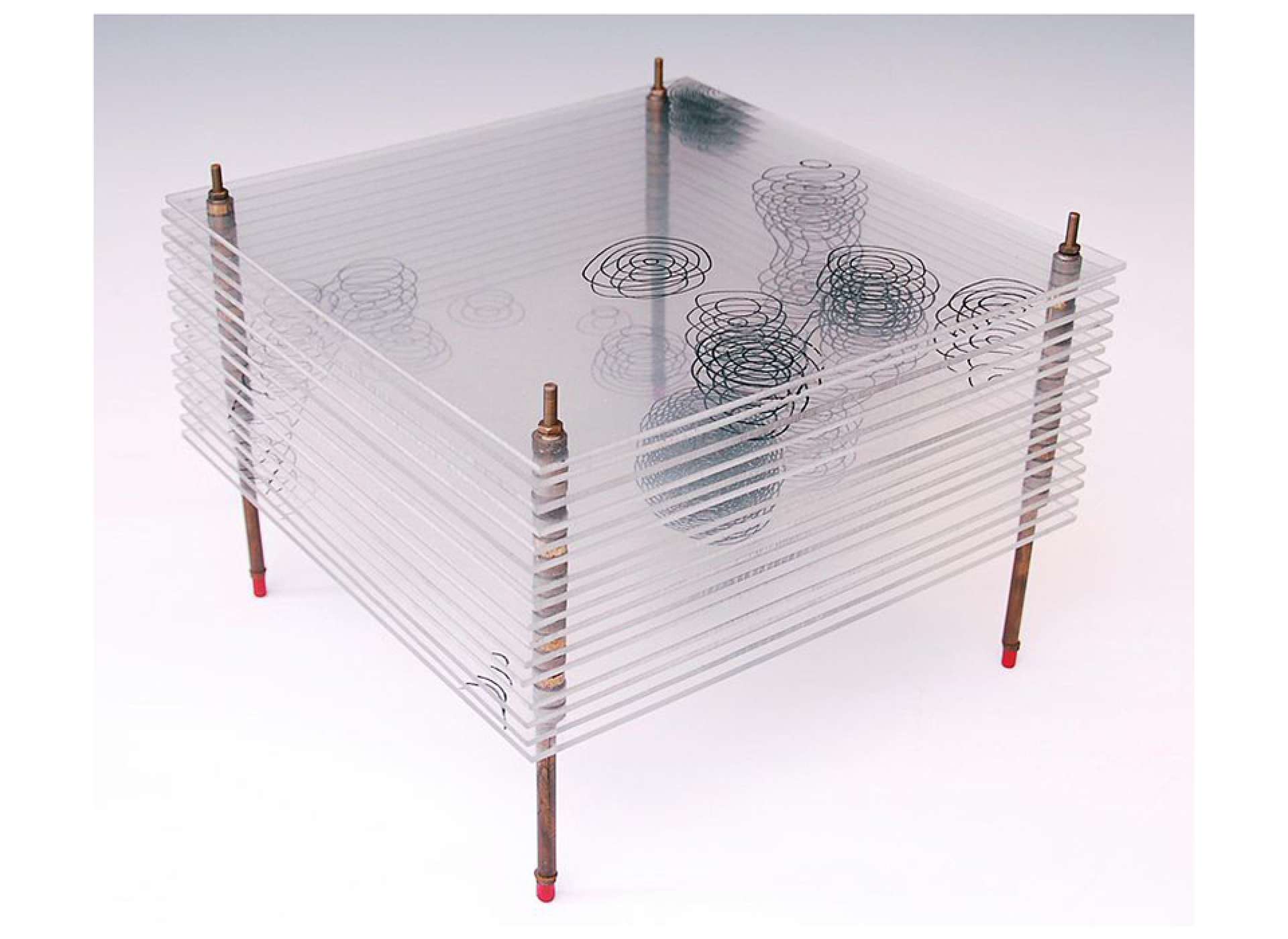
A 3-D model of the electron density of penicillin made in 1945 based on x-ray crystallography. From Museum of the History of Science, University of Oxford.
At the time, Crowfoot was developing a new technology to identify the structure of biochemicals. She found ways to crystallize the molecules, and then send x-rays through them. The electrons orbiting the nuclei of the molecules bent the x-rays into patterns, captured on photographic plates. As soon as Chain could spare enough penicillin to give her a sample, Crowfoot and her students began working to find the structure.
In May 1945—the end of the war in Europe—she met with her doctoral advisor and former romantic interest, John Bernal, and told him they had worked out the structure of penicillin. He predicted she would win the Nobel Prize, and she said she would rather be elected to the Royal Society (a prestigious group of select scientists from the UK). He observed that election to the Royal Society was more difficult than winning a Nobel Prize. He was wrong—she was elected to the Royal Society in 1947 and received the Nobel Prize in 1964.
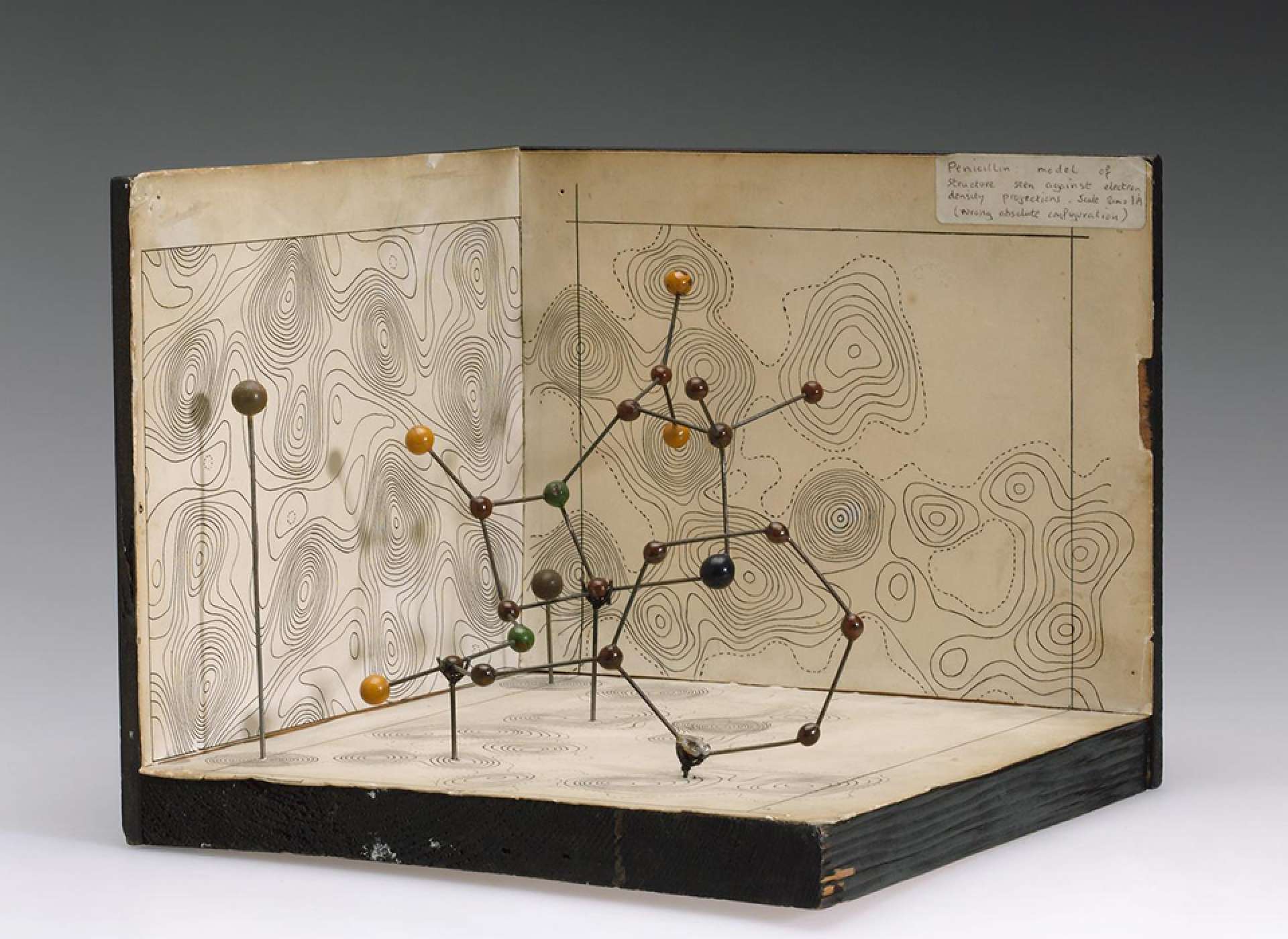
The physical model of penicillin made in 1945 based on x-ray crystallography. © The Board of Trustees of the Science Museum (UK)
Ernst Chain had hypothesized that penicillin had a beta-lactam ring in it. This is a four-member ring with carbon atoms at three corners and a nitrogen at the fourth, with an oxygen attached to the carbon adjacent to the nitrogen. Crowfoot’s x-ray crystallography confirmed this hypothesis, and opened research into the development of related chemicals that could also serve as antibiotics.
For decades, more than half of antibiotics have had a beta-lactam ring—not only penicillin, but cephalosporin, amoxicillin, and methicillin. These chemicals work by inhibiting synthesis of the bacterial cell wall. Resistance to these antibiotics has evolved as the bacteria develop enzymes to split the molecule at the beta-lactam ring.
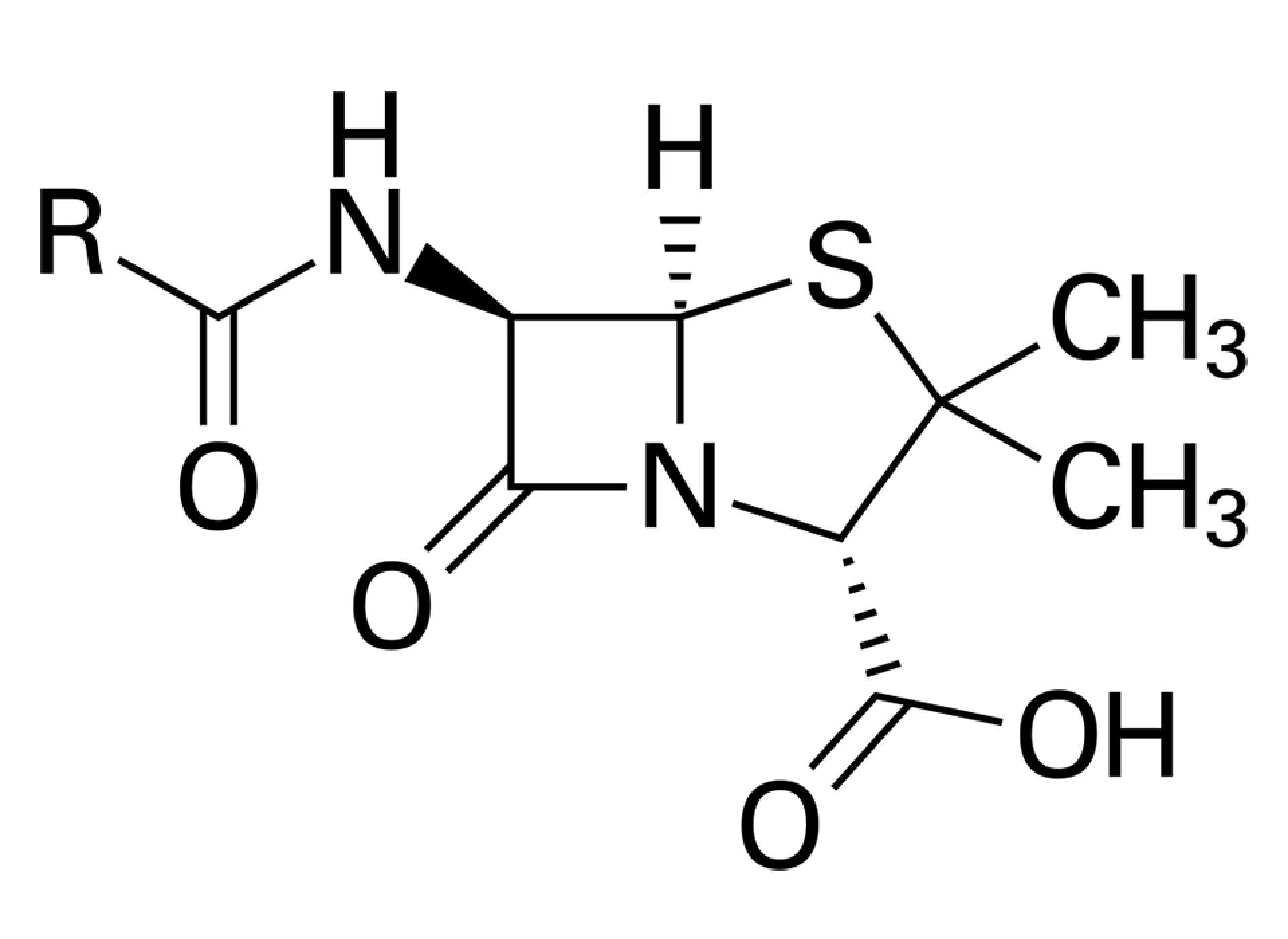
A molecular diagram of penicillin. Note the beta-lactam group in the middle of the molecule.
Born in Egypt to parents in the colonial British government, she spent little time with her parents who eventually moved to Sudan. Like her older sisters, she was sent to boarding school in England as soon as she was old enough. At the age of 10, she enrolled in science enrichment courses and discovered chemistry. She fell in love with chemistry, saying in an interview,
“I was captured for life by chemistry and by crystals.”
After the war, she became a peace activist and led efforts for nuclear disarmament.
Although Dorothy Crowfoot had married in 1937, she went by her maiden name until 1949. Back in academia after the World War II era, under her married name, Dorothy Hodgkin, she spent her life devoted to teaching at Oxford and her research in x-ray crystallography, eventually discovering the structures of vitamin B-12 and insulin.
For penicillin, she had built a physical model based on the x-ray crystallograph. For larger and more complicated molecules it was necessary to make computational models, and she used Alan Turing’s Pilot ACE computer for her work on B-12. It was for this work that she was awarded the Nobel Prize in Chemistry in 1964. She was only the third woman to win a Nobel, after Marie Curie (once for physics and once for chemistry) and Irene Joliot-Curie (for chemistry).
Among Dorothy Hodgkin’s most famous students was Margaret Roberts, who later married and went into politics. As Margaret Thatcher, she hung a portrait of Hodgkins in her office at 10 Downing Street. Although their politics could not have been more different, Thatcher maintained great respect for her former teacher.
Dorothy Hodgkin suffered greatly from rheumatoid arthritis, diagnosed when she was only 24. It caused her great pain all her life and she had to modify equipment for her use, like the switch to the x-ray machine. In spite of this, she supplemented her teaching and research duties with international collaborations to develop research partners around the world. She was president of the Pugwash Conference for 12 years, working to support the negotiations for the Intermediate-Range Nuclear Forces Treaty signed in 1987. Hodgkin died of a stroke at home in 1994.
Rob Wallace
Rob runs teacher workshops and develops curriculum, including Real World Science, funded by The Northrop Grumman Foundation.
Cite this article:
MLA Citation:
APA Citation:
Chicago Style Citation:
